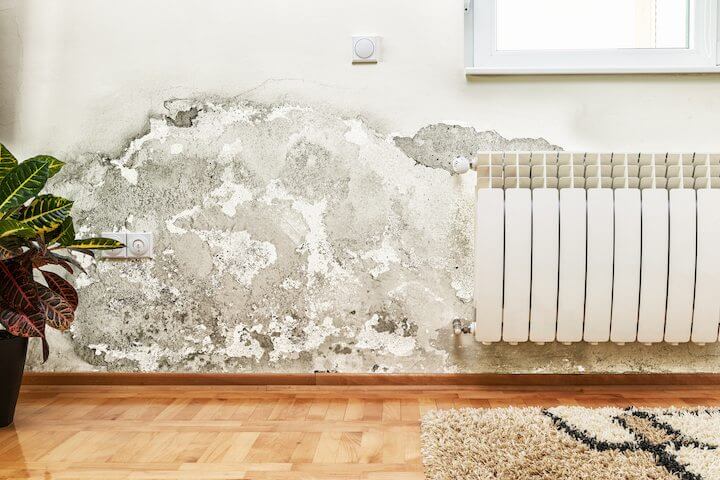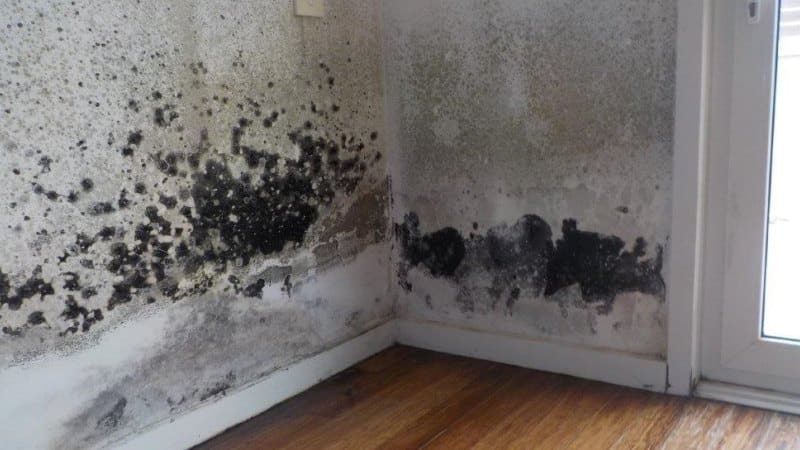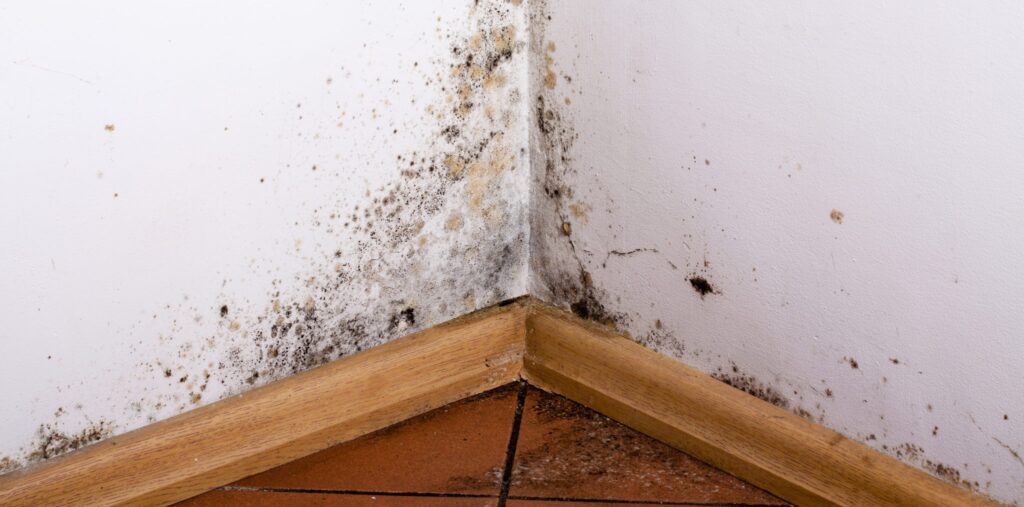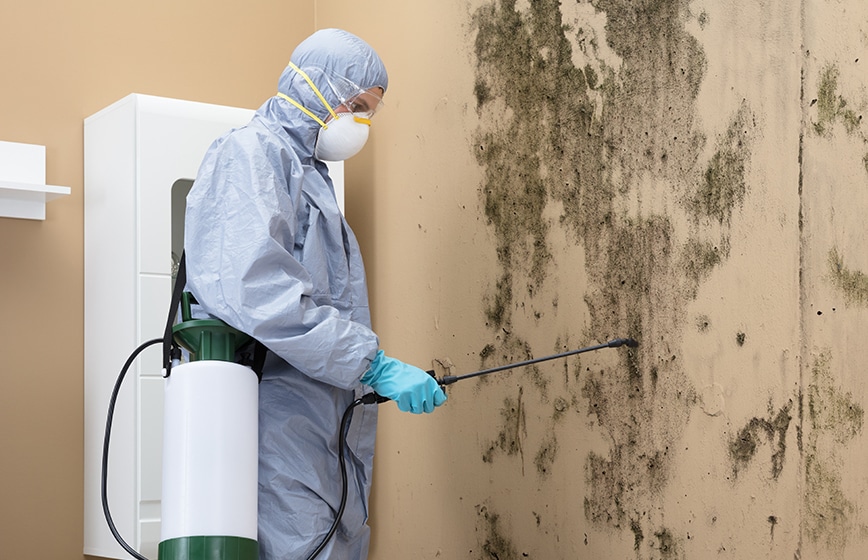
Mold Problems in Buildings Located in Washington DC
Mold is nature’s recycler; its primary function is to decompose dead organic matter in our ecosystem.
To thrive and grow, mold requires 3 key ingredients:
- Food: includes wood/ wood products, paper/ paper products like cardboard and wallpaper, leather, fabric and upholstery, grout, painted walls, cement, plaster (drywall), ceiling tiles, insulation materials, and carpet
- Ideal temperature of 41 to 100 degrees Fahrenheit
- Moisture
With moisture, the ideal temperature, and ample food, mold begins growing within 24 to 48 hours.
How Mold Affects Buildings

Outdoors, the relative spore count is low enough that it doesn’t negatively impact most people’s health. However, when mold begins to grow indoors, the spore count can increase exponentially, posing a serious health risk.
Indoor air quality is a major concern, especially in hot and humid regions like Washington D.C. and the surrounding areas, where residents are more likely to stay indoors and rely on air conditioners for cooling.
Mold is a recuring challenge because it feasts on the materials used to construct most buildings. This includes dead organic materials including wood products, timber, cement, plaster (drywall), ceiling tiles, insulation materials, paper, leather, fabric & upholstery, grout, painted walls and carpet.
A building in DC can turn out to be an “All you can eat buffet” for mold.
What Causes Mold in DC Buildings?

Since mold is hidden, most people don’t know when they have an infestation. You can recognize mold through smell, visual clues, and by taking a closer look at the building’s plumbing and leakage history.
A “musty” or “mildewy” stench is one of the first signs you have a mold problem. The next step is to pinpoint the source of the odor.
Main Reasons for Mold Infestation in a DC Building
- Excessive humidity – Sealed spaces result in excess moisture being trapped indoors. With little or no outlet to escape, moisture will slowly promote mold growth in every nook and corner.
- Building exterior – Mortar around brick walls and windows can contribute to water leakage in the building. This in turn helps mold to grow faster in these areas. If you can see mold, it’s likely that a large colony of mold is already present and is potentially compromising the structure and building strength.
- Unvented combustion appliances – With nowhere to escape, gas or liquid from burning fireplaces or water heaters can be a factor for mold deposition in the building.
- Delayed or ineffective maintenance – This is one of the key factors associated with moisture problems in buildings; a major contributor to rampant mold growth.
- Defective plumbing – Pipe break and leak can cause water to leak through the walls, stairs, floors and ceilings. Prompt action is required to remove drywall and structure to prevent any further damage from water.
- Terrace drains – Clogged drains can cause water to travel into the building. Ceilings and drywalls are the most affected places. Bathrooms and kitchens become more susceptible to mold. Keeping your drains clean is the best way to avoid mold manifestation.
- HVAC Systems – HVAC systems create moisture in the summer months which in turn produce mold that can travel throughout buildings.
Eliminating Mold
Mold removal is a thorough process. Both live and dead mold spores can cause a variety of health problems so the source and secondary contamination must be eliminated.
At MoldGone, we offer FREE mold inspection and removal services available at reasonable prices.
Call us today at 240-970-6533 or click here to schedule your appointment


Recent Comments